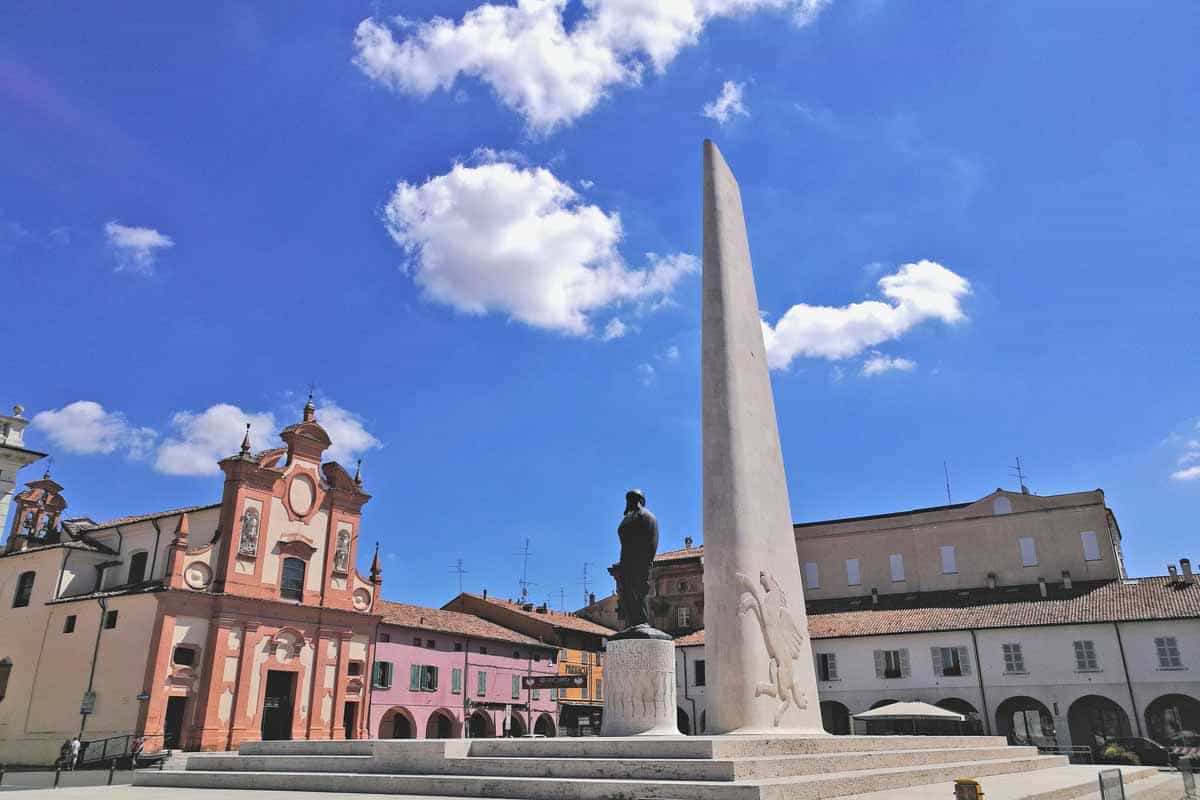


Lugo is located in the north-western sector of the large and fertile alluvial plain that surrounds Ravenna, between the Santerno and Senio rivers. The municipal area is crossed by a dense network of canals, including the Canale dei Molini di Castel Bolognese, which shaped these lands, once flooded, through reclamation.

The climate that characterizes Lugo, as well as all the flat inland areas of Romagna, is of a sub-continental temperate type, with rather cold and humid winters and hot and muggy summers. In autumn and spring mists form which reduce visibility. In winter, snowfalls and strong winds from the north-east (bora) can occur, and frosts on days when the sun is shining with very low temperatures.

Regarding the latter, in February 2012 during the great cold wave that hit Italy over the copious snowfall, it reached -11 ° C in several days thanks to the albedo effect. The remains of a Neolithic village of Sasso-Fiorano culture (fifth millennium BC) and traces of Roman colonization have been found in the city.

The countryside where Lugo stands today, like the rest of the territory conquered by the Romans, was interested in the phenomenon of centuriation. Considering the Via Emilia as the maximum decuman, the Lugan decuman was the XX. The Roman centuriation stopped at the Fabriago site. This means that, in addition, there were marshy valleys.

The thistle corresponding to Lugo (today's provincial road "Quarantola", a name with a clear centurial etymology) ended in the north with a valley port. In the documents of the early Middle Ages it is called S. Giovanni in Lyba (from which one of the largest valleys of the Padusa valley, the Liba valley will take its name).
Lugo
Address: Piazza Martiri Libertà , 1, 48022
Phone: 0545 38111
Site:
http://comune.lugo.ra.itLocation inserted by
Culturalword Abco